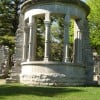Visiting Liège, Belgium and its statue of Charlemagne: perspectives of truly old Europe
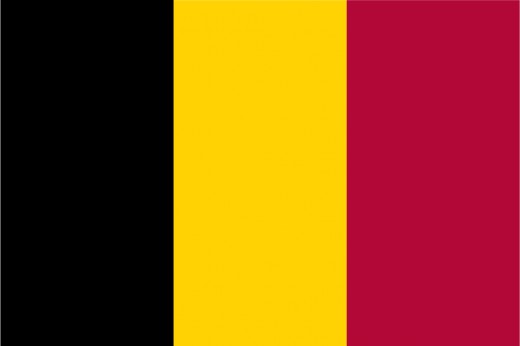
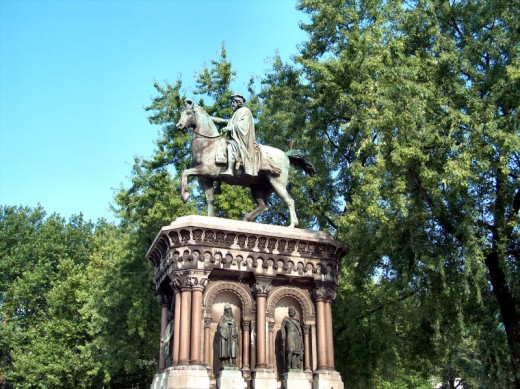
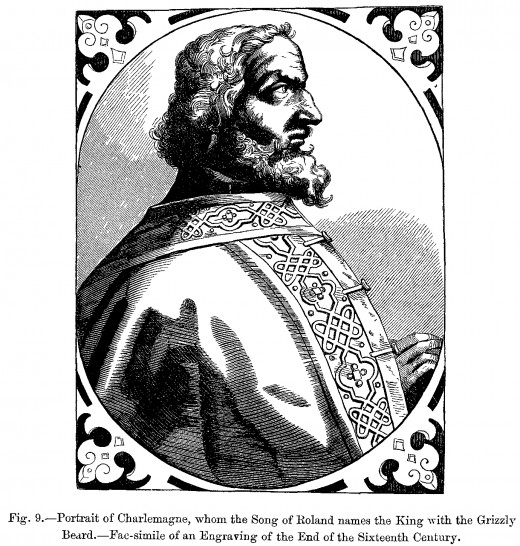
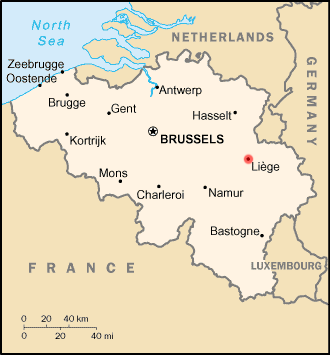
Remembering a monumental figure from the far past
Liège is old. This city, the largest of Belgium's Walloon region (French: Région wallonne ) is over 1000 years old, in fact. Seemingly as a tribute to its ancient past is one of the city's major landmarks, the statue of Emperor Charlemagne.
The long history of Liège and of other, ancient, European cities also, remind me of Mark Twain's lines about another city, even older: Damascus: 'Go back as far as you will into the vague past, there was always a Damascus. To Damascus years are only moments, decades are only flitting trifles of time. She measures time not by days, months and years, but by the empires she has seen rise and prosper and crumble to ruin. She is a type of immortality. She saw Greece rise and flourish two thousand years, and die. In her old age she saw Rome built, she saw it overshadow the world with its power; she saw it perish. ... Damascus has seen all that has ever occurred on earth, and still she lives. She has looked upon the dry bones of a thousand empires, and will see the tombs of a thousand more before she dies. Though another claims the name, old Damascus is by right the Eternal City.'
Well, there is undoubtedly some literary overstatement there! but the fact is that some of the ancient cities of Europe can gently remind North Americans that they really have been around for a very long time. Liège, with its over one thousand years of existence, is actually predated by localities close to the city, Herstal and Jupille, which today are within the city's urban agglomeration. Although Charlemagne's exact birthplace is uncertain, Herstal and Jupille are sometimes cited as possible locations for this historical figure's birth. The city with which Charlemagne is most often associated, and where the Emperor's palace was located, is Aachen (French: Aix-la-Chapelle ), Germany, 57 kilometres from Liège.
The equestrian statue of Charlemagne (c.742-814), Emperor of the Franks, is situated in boulevard d'Arvoy, Liège, dates from 1867. Executed in bronze, the statue was the work of Belgian sculptor Louis Jéhotte (c.1803-1884). Around the plinth upon which the main statue stands are also likeness of St Begge, Charles Martel, Bertude, Pepin of Landen, and Pepin the Short (French: Pépin le Bref ), prominent figures of the early Middle Ages, all of whom were said to originate from the Liège area, and to have been ancestors of Charlemagne.
Thus, to write in a style obliquely borrowed from Mark Twain's comments on Damascus, when Vikings were landing at L'Anse-aux-Meadows, on the coast of Newfoundland, Charlemagne (born in Liège or not, as the case may be) had been part of European history for nearly two centuries. First Nations settlements were already well established across Canada in the lifetime of Charlemagne, but the European presence — especially of English- and French-speaking settlers — was yet well into the future.
Interestingly, in the perception of many European politicians, Charlemagne belongs not only to the far past, but, symbolically at least, he is also an ever-present reality. What is known as the Charlemagne Prize for European Unity is regularly awarded to a prominent figure who is deemed to have contributed to the uniting of the Continent, in some sense following the footsteps of the Emperor of the Franks. Thus, North Americans must be prepared, in any discussion about Charlemagne and his historical significance with some Continental Europeans, for the introduction of an element of mystique to such discussions. Such an element arguably flies in the face of Anglo-American concepts of practicalities which typically inform public debate in North America and the United Kingdom. But the fact is, when many Europeans are ostensibly speaking of the history and heritage of Charlemagne, Emperor of the Franks, one never really knows whether really, not far beneath the surface of the discourse is also some kind of aspiration towards the future.
North Americans thus do well to take heed to the distinct mentalities which such considerations reveal between Continental Europe and North America.
Also worth seeing
In Liège itself, visitor attractions include: the Bueren Mountain; ancient church architecture which includes the former Palace of the Prince-Bishops and Saint-Lambert church. The Fragnée Bridge, is a striking structure over the Meuse River; the nearby Zénobe Gramme monument, commemorating the inventor of the industrial dynamo, is another of the city's noted statues.
...
How to get there: Brussels Airlines flies from New York (JFK) to Brussels Airport, where car hire is available (distance from Brussels Airport to Liège : 94 kilometres). The Belgian railroad company SNCB maintains a service from Brussels to Liège . Some facilities may be withdrawn, without notice. You are advised to check with the airline or your travel agent for up to date information. Please refer to appropriate consular sources for any special border crossing arrangements which may apply to citizens of certain nationalities.
MJFenn is an independent travel writer based in Ontario, Canada.
Other of my hubpages may also be of interest
- Visiting Reinhardstein Castle, eastern Belgium: Medieval memories
- Visiting Brussels, Belgium and its Halle Gate: imposing, Medieval fortified entrance to the city
- Visiting the Bayard Rock, Dinant, Belgium: where the scenic Meuse Valley, history and legend meet
- Visiting Bouillon, Belgium: memories of Godefroid, styled King of Jerusalem, and his castle
- Visiting Vaalserquartier and Dreilaendereck at Aachen, Germany: three countries meet
